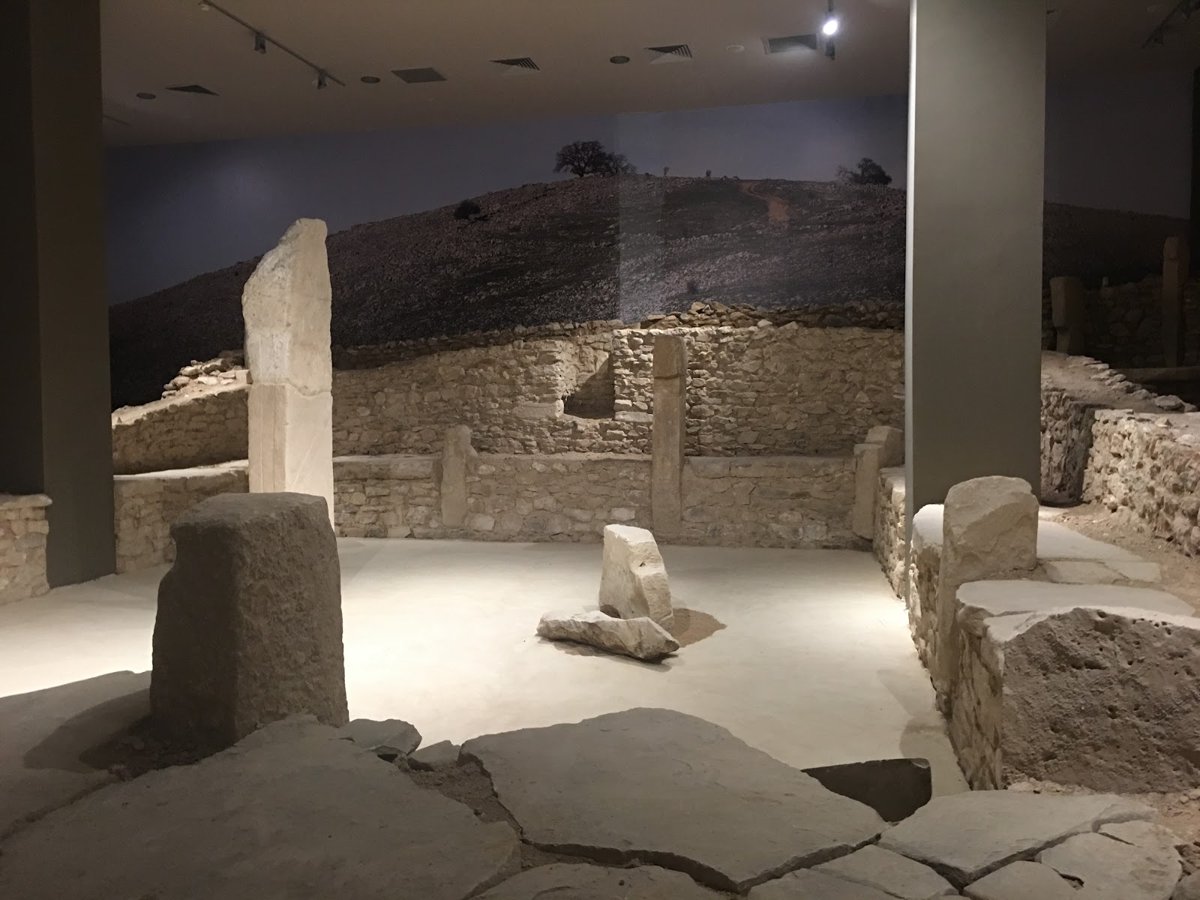
Nevali Cori is a fascinating archaeological site located in southeastern Turkey, near the present-day city of Antep. This ancient settlement dates back to the Neolithic period, around 8,000 to 9,500 years ago, making it one of the oldest known human settlements in the world.
The discovery of Nevali Cori has provided incredible insights into the lives and cultures of our early ancestors. Excavations at the site have revealed a wealth of information about the architecture, daily activities, and spiritual beliefs of the Neolithic people who once inhabited this remarkable place.
In this article, we will delve into 16 mind-blowing facts about Nevali Cori, shedding light on its significance and the intriguing discoveries made by archaeologists. From its mesmerizing stone structures to its ancient artwork and artifacts, get ready to be amazed by the wonders of this Neolithic treasure.
Key Takeaways:
- Nevali Cori, an ancient settlement in Turkey, provides valuable insights into early human civilization, including advanced water management and evidence of early agriculture and craftsmanship.
- The discovery of Nevali Cori has expanded our understanding of the transition from hunter-gatherer societies to settled communities, shedding light on the social, economic, and cultural aspects of ancient human life.
Nevali Cori was an ancient settlement located in southeastern Turkey.
Nevali Cori, dating back to approximately 8000 BCE, is considered one of the oldest known settlements in the world.
The site was discovered in 1983.
Archaeologists stumbled upon Nevali Cori during a survey for a dam project in the area.
Nevali Cori was primarily inhabited by hunter-gatherers.
The settlement was home to a community of people who relied on hunting, fishing, and gathering for their sustenance.
The buildings at Nevali Cori were made of stone and mudbrick.
These ancient structures provide valuable insights into early architectural techniques.
Nevali Cori had an advanced water management system.
The settlement had elaborate channels and reservoirs to ensure a steady water supply for its residents.
Artifacts found at Nevali Cori include carved stone pillars.
These pillars feature intricate and symbolic engravings, providing a glimpse into the religious and cultural beliefs of the inhabitants.
Nevali Cori was partially submerged by a nearby lake.
The rising water level of the lake ended up covering a significant portion of the site.
Excavations at Nevali Cori have revealed evidence of domesticated plants.
These findings suggest that the early inhabitants of Nevali Cori were involved in agriculture.
Nevali Cori had a central circular structure.
This circular structure, often referred to as a “sanctuary,” may have had ceremonial or communal significance.
The site shows evidence of early craftsmanship.
Artifacts found at Nevali Cori demonstrate the use of obsidian tools and the production of pottery.
Nevali Cori is believed to have been abandoned around 7000 BCE.
The reasons for the abandonment of the settlement remain unknown, but climatic changes and the relocation of resources could have played a role.
Nevali Cori was an important cultural center during its time.
It is thought to have served as a hub for trade and social interaction among neighboring communities.
The site provides valuable information about the transition from hunter-gatherer societies to settled communities.
Nevali Cori helps archaeologists understand the development of agriculture and the shift towards a more sedentary lifestyle.
Nevali Cori is a UNESCO World Heritage Site.
In recognition of its archaeological and historical significance, Nevali Cori was designated as a World Heritage Site by UNESCO in 2018.
Nevali Cori is an important site for studying the early development of human civilization.
Its well-preserved remains offer valuable insights into the social, economic, and cultural aspects of ancient communities.
Excavations at Nevali Cori are ongoing.
Archaeologists continue to uncover new findings and expand our understanding of this ancient settlement.
Conclusion
In conclusion, Nevali Cori is a truly remarkable landmark that holds a wealth of historical significance. From the stunning architecture to the intriguing artifacts discovered within its walls, this ancient settlement has captivated archaeologists and history enthusiasts alike. The 16 mind-blowing facts we have explored provide a glimpse into the rich cultural heritage of Nevali Cori.Through its advanced construction techniques and innovative features, Nevali Cori showcases the ingenuity and creativity of its ancient inhabitants. The site serves as a testament to the resilience and adaptability of early human civilizations, offering valuable insights into the past.Whether you’re fascinated by ancient history, mesmerized by architectural marvels, or simply seeking to broaden your knowledge about the world, exploring Nevali Cori is an experience that will leave you awe-inspired. Its unique blend of history, culture, and architectural brilliance make it a must-visit landmark for anyone curious about the marvels of our ancient past.
FAQs
1. When was Nevali Cori discovered?
Nevali Cori was discovered in 1983 during the construction of the Ataturk Dam in southeastern Turkey.
2. Can visitors explore Nevali Cori?
Unfortunately, Nevali Cori is not open to the public for exploration due to its fragile nature and ongoing conservation efforts.
3. What kind of artifacts have been found at Nevali Cori?
Archaeologists have unearthed various artifacts at Nevali Cori, including stone tools, figurines, and plaster murals.
4. What makes Nevali Cori unique among other ancient settlements?
Nevali Cori stands out for its intricately carved stone pillars and its advanced architectural features, including a complex water system.
5. Is Nevali Cori connected to any ancient civilizations?
Nevali Cori is believed to have been inhabited by early farming communities and is considered one of the earliest settlements in the region.
6. What is the significance of Nevali Cori?
Nevali Cori provides valuable insights into the development of early human societies, their architectural practices, and their cultural practices.
7. How long did the excavation of Nevali Cori take?
The excavation of Nevali Cori spanned over several years, from 1983 to 2001, due to its complex and delicate nature.
8. Are there any plans for preserving Nevali Cori?
Yes, Nevali Cori is currently being preserved through various conservation efforts to protect its archaeological value.
Nevali Cori's fascinating history leaves you craving more ancient wonders, right? Satisfy your curiosity with our captivating articles on Kourion, where you'll uncover the secrets of a remarkable archaeological site. Dive into the mysteries of Tiwanaku and explore the marvels of ancient civilizations. Don't miss our piece on Göbekli Tepe, a site that will leave you awestruck. Embark on a journey through time and discover the extraordinary stories these ancient places have to tell.
Was this page helpful?
Our commitment to delivering trustworthy and engaging content is at the heart of what we do. Each fact on our site is contributed by real users like you, bringing a wealth of diverse insights and information. To ensure the highest standards of accuracy and reliability, our dedicated editors meticulously review each submission. This process guarantees that the facts we share are not only fascinating but also credible. Trust in our commitment to quality and authenticity as you explore and learn with us.


